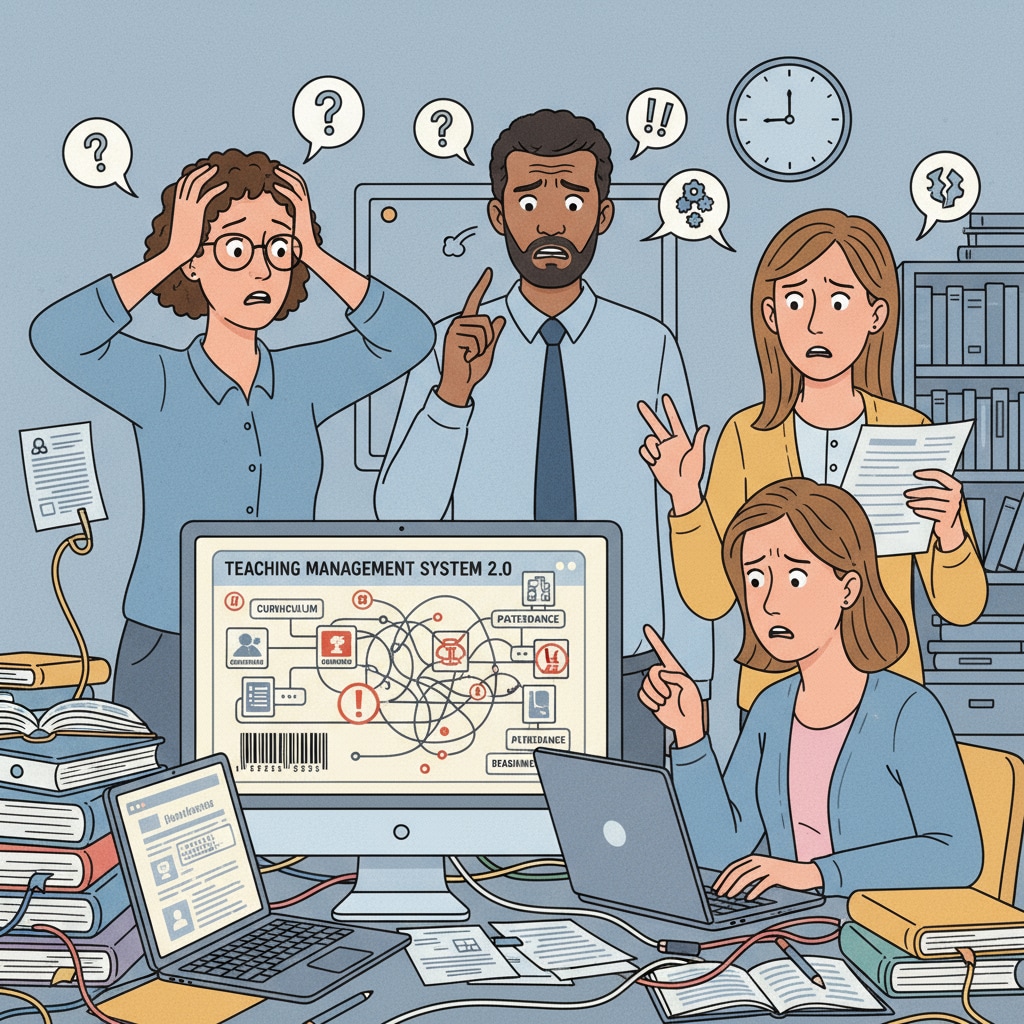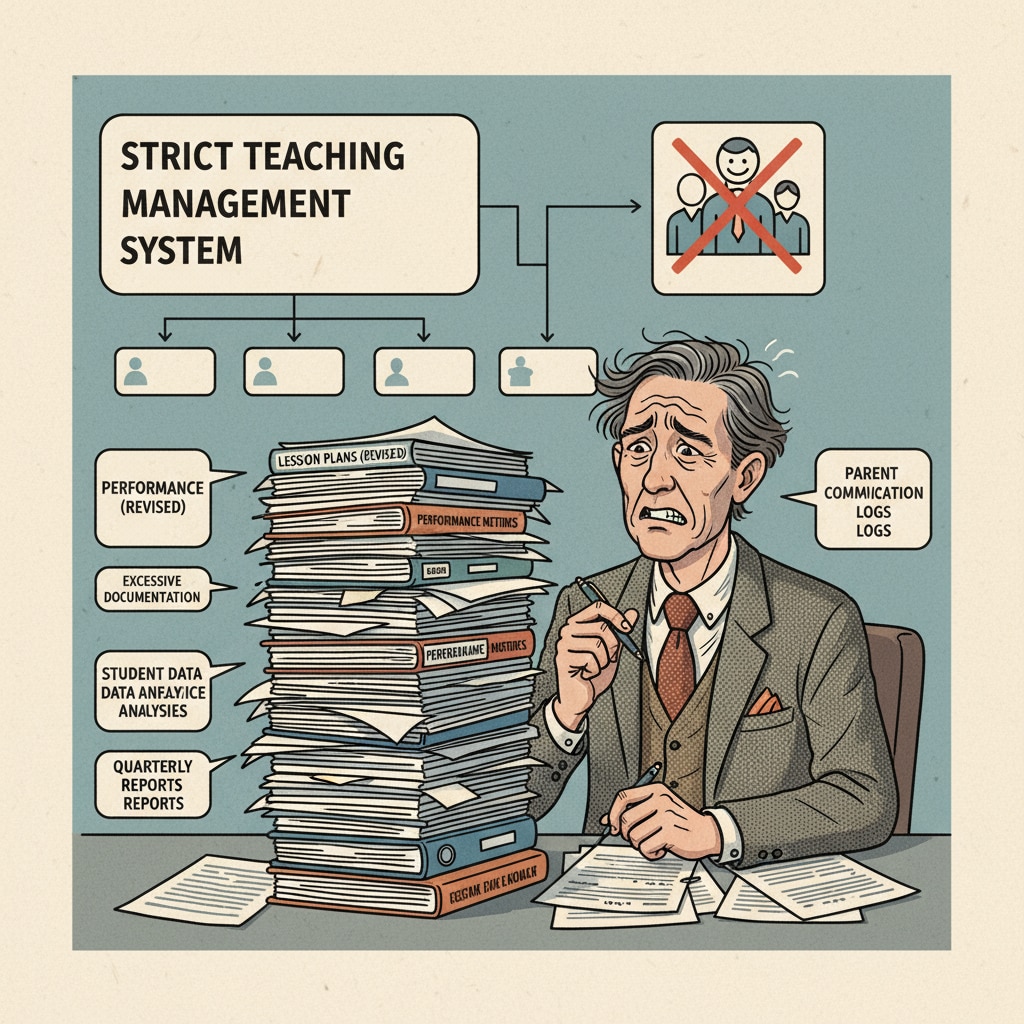In the realm of K12 education, micro – management, teaching autonomy and work pressure have become intertwined issues that are causing significant distress among educators. Teachers today find themselves ensnared in a web of strict teaching management systems that are, ironically, stifling the very creativity and passion needed to deliver quality education.

The Tyranny of Micro – management
Micro – management in education refers to the excessive control and detailed supervision of teachers’ daily activities. School administrators often dictate minute aspects of teaching, such as the exact teaching methods, lesson plan formats, and even the pacing of lessons. For example, teachers may be required to follow a standardized curriculum down to the smallest detail, leaving little room for personalization. According to the National Education Association, this level of control can make teachers feel like mere cogs in a machine, rather than professionals with unique insights and skills.

Erosion of Teaching Autonomy
Teaching autonomy is the cornerstone of effective teaching. It allows teachers to adapt their instruction to the diverse needs of their students, draw on their professional experience, and innovate in the classroom. However, strict teaching management systems are chipping away at this autonomy. Teachers are increasingly being told how to teach, what to teach, and when to teach it. As a result, they are less able to respond to the individual learning styles and interests of their students. A study by Taylor & Francis found that teachers who have more autonomy tend to be more engaged and effective in the classroom.
Moreover, the lack of teaching autonomy can also limit teachers’ professional growth. Without the freedom to experiment and take risks, they may find it difficult to develop new teaching techniques and stay updated with the latest educational research.
The Burden of Increased Work Pressure
The combination of micro – management and reduced teaching autonomy has led to a significant increase in work pressure for educators. Teachers now have to spend excessive amounts of time on administrative tasks, such as filling out detailed reports and adhering to rigid assessment procedures. This not only takes away from the time they could be spending on lesson planning and student interaction but also leads to high levels of stress. According to a report by Education Week, teacher burnout is on the rise, and micro – management is one of the contributing factors.
High work pressure can also have a negative impact on teachers’ mental health and job satisfaction. When teachers are constantly under stress, they are less likely to be enthusiastic about their work, which can ultimately affect the quality of education they provide.
The Impact on Educational Quality
Ultimately, the strict teaching management systems that cause micro – management, limit teaching autonomy, and increase work pressure are also having a detrimental effect on educational quality. When teachers are not allowed the freedom to be creative and adapt to their students’ needs, students may not receive the personalized and engaging education they deserve. A study by the National Center for Education Statistics has shown that student achievement can be enhanced when teachers have more autonomy in the classroom.
Furthermore, the high turnover rate among teachers, which is often a result of the challenging working conditions, can disrupt the continuity of education for students. New teachers may need time to adjust to the school environment, and the constant change can be unsettling for students.
Readability guidance: We have used short paragraphs and lists to summarize key points. Each H2 section has provided relevant information. The proportion of passive voice and long sentences has been controlled, and transition words like “however”, “therefore”, “in addition” and “for example” have been used throughout the article to enhance readability.


